The Importance of Client Collaboration in Commercial Construction
Effective project management is crucial in commercial construction to ensure projects are completed on time, within budget, and to the desired quality standards. Here are key strategies to achieve successful outcomes:
1. Comprehensive Planning
Begin with a detailed project plan outlining scope, objectives, timelines, and resource allocations. This plan serves as a roadmap, guiding the project from inception to completion and helping to anticipate potential challenges. Comprehensive planning ensures that all aspects of the project are considered, reducing the likelihood of unforeseen issues. It also facilitates better coordination among team members and stakeholders, leading to a more streamlined execution. Regularly updating the plan to reflect any changes or new information is essential for maintaining project alignment and achieving desired outcomes.
2. Clear Communication
Establish open lines of communication among all stakeholders, including clients, architects, engineers, and contractors. Regular updates and meetings ensure everyone is aligned and can address issues promptly. Clear communication helps in setting expectations, providing progress reports, and facilitating decision-making processes. Utilizing communication tools and platforms can enhance information sharing and collaboration, ensuring that all parties are informed and engaged throughout the project lifecycle.
3. Efficient Resource Management
Allocate labor, materials, and equipment effectively to prevent shortages or delays. Utilizing project management tools can aid in tracking resources and scheduling tasks efficiently. Efficient resource management involves forecasting needs, monitoring usage, and adjusting allocations as necessary to maintain workflow continuity. Implementing inventory management systems and resource tracking software can provide real-time insights, helping to optimize resource utilization and reduce waste.
4. Risk Management
Identify potential risks early and develop mitigation strategies. This proactive approach minimizes the impact of unforeseen events on the project's progress. Risk management includes conducting thorough risk assessments, prioritizing risks based on their potential impact, and implementing contingency plans. Regularly reviewing and updating the risk management plan ensures preparedness for new or evolving risks, thereby safeguarding the project's objectives.
5. Quality Control
Implement stringent quality assurance processes to ensure that all work meets the required standards and specifications, reducing the likelihood of costly rework. Quality control involves setting clear quality criteria, conducting regular inspections, and maintaining detailed documentation. Engaging qualified personnel and providing adequate training can enhance workmanship quality. Utilizing quality management systems can streamline processes and facilitate continuous improvement, leading to higher client satisfaction.
6. Budget Management
Develop a realistic budget and monitor expenses closely. Regular financial reviews help in identifying variances early, allowing for corrective actions to keep the project financially on track. Budget management includes detailed cost estimation, tracking expenditures, and managing cash flow. Employing financial management software can provide real-time budget analysis and reporting, aiding in informed decision-making and financial control.
7. Embrace Technology
Leverage modern construction management software to enhance collaboration, streamline workflows, and provide real-time updates, thereby increasing overall project efficiency. Technology adoption can include Building Information Modeling (BIM), project scheduling tools, and mobile applications for on-site data collection. These tools facilitate better planning, communication, and execution, leading to improved project outcomes and competitiveness in the market.
By implementing these strategies, project managers can navigate the complexities of commercial construction, leading to successful project delivery and satisfied stakeholders.
